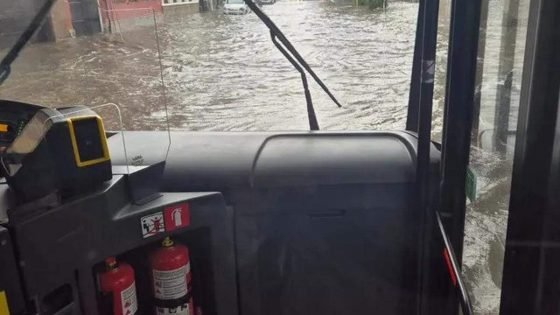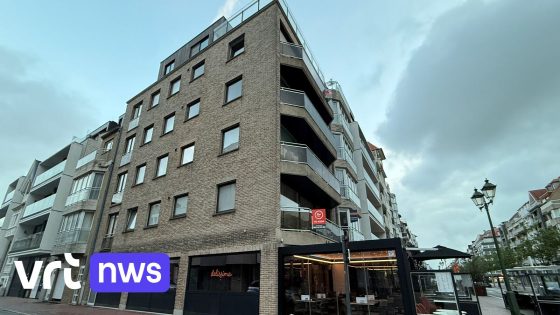Heavy thunderstorms have caused severe flooding in several Flemish Brabant municipalities, impacting local roads and transport. As of 2025-07-27 17:51:00, streets in Londerzeel, Meise, and Leuven are submerged, with emergency services actively responding to the situation.
- Straten onder water door zwaar onweer
- Brandweer rukt uit in Vlaams-Brabantse gemeenten
- Auto’s en bussen ploegen door water
- Waterstand in de Dijle bijzonder hoog
- KMI kondigt code geel af voor meerdere provincies
- Noodnummer 1722 geactiveerd voor wateroverlastmeldingen
Vehicles, including buses from De Lijn, are struggling to navigate waterlogged streets, while the water level of the Dijle River remains critically high. Flooding has also spread just beyond the provincial border into Buggenhout, East Flanders.
With the storm moving eastward toward Limburg and Liège, residents are left wondering: how prepared is the region for these sudden weather events? And what measures can be taken to prevent future water damage?
These floods raise important questions about local infrastructure resilience and emergency readiness. Are current drainage systems sufficient? How quickly can authorities respond to protect residents and transport routes? Key points include:
- The KMI has issued a code yellow alert for multiple provinces, including Brussels.
- The emergency number 1722 is now active for reporting water damage.
- Flooding affects both urban and rural areas, complicating response efforts.
As the storm moves east, it is crucial for residents to stay informed and heed official warnings. Investing in improved flood defenses and climate adaptation strategies will be key to reducing future disruptions caused by extreme weather.































